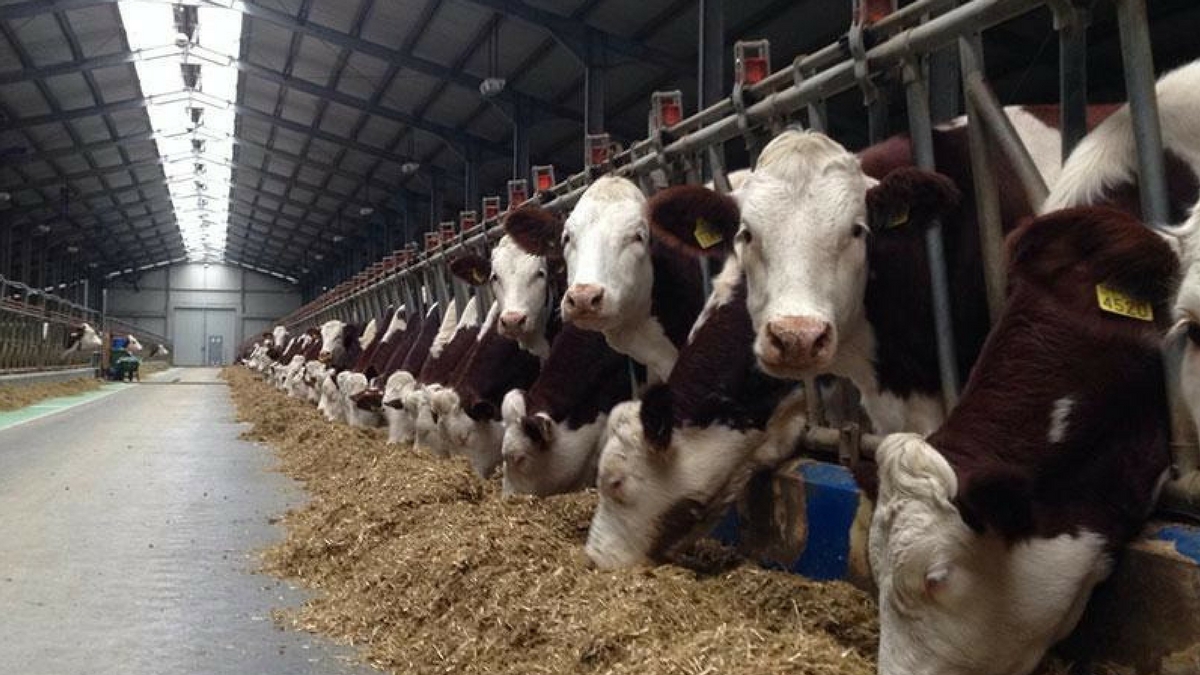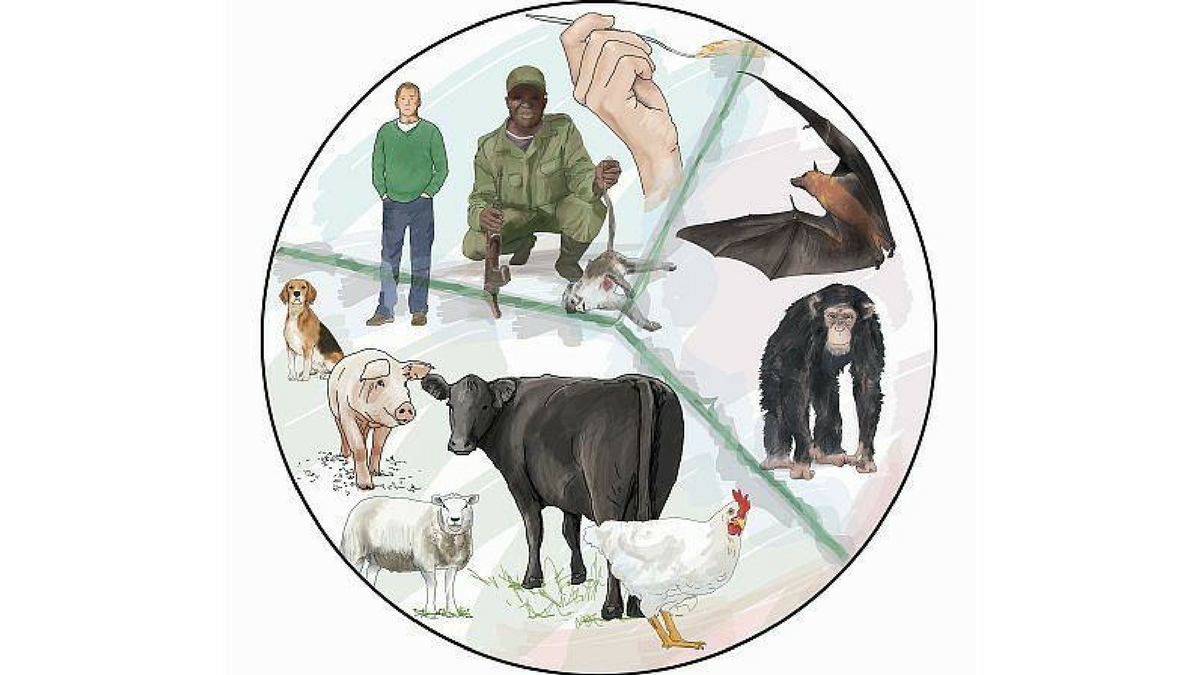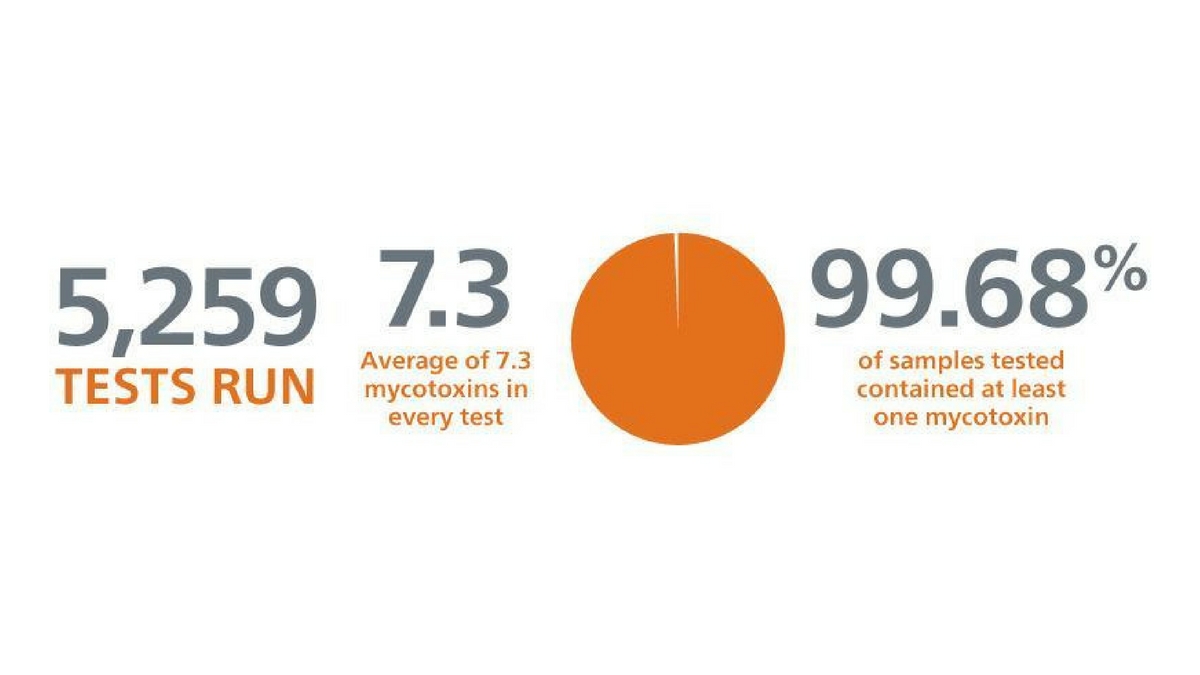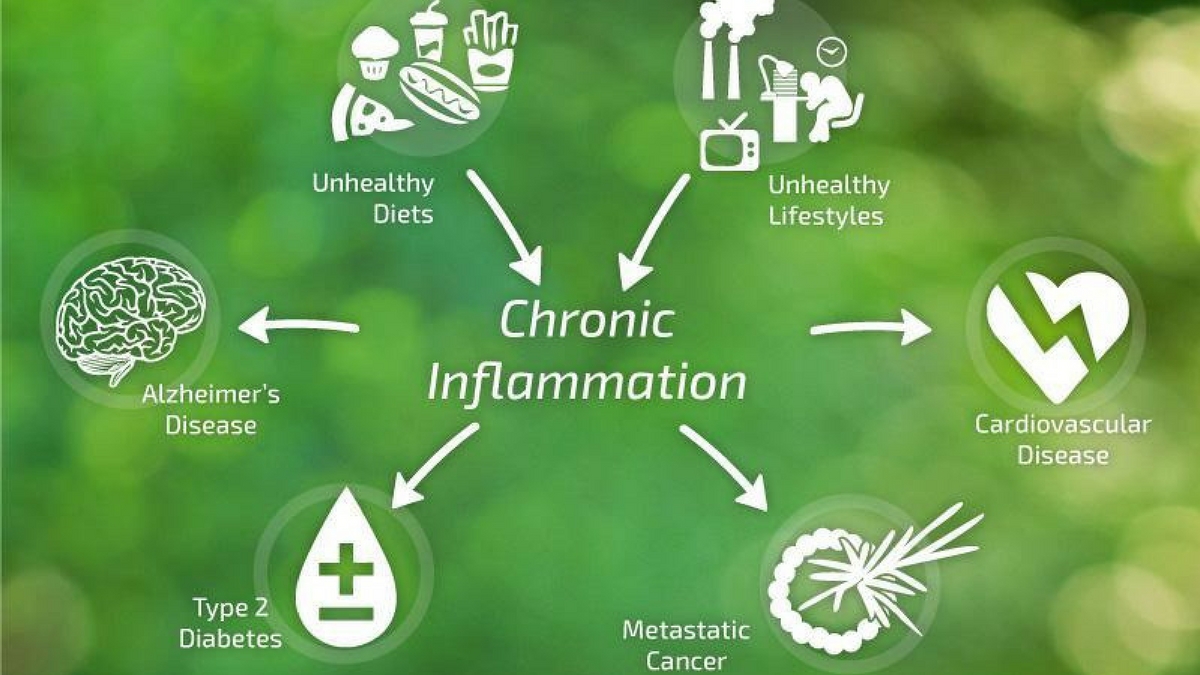Profitable Poultry Production: It All Comes Down to Gut Health
While avian influenza has created a buzz again in the media, coccidiosis and necrotic enteritis are two diseases that plague poultry operations daily. These infections, caused by harmful microorganisms in the gut, can leave poultry integrators with high treatment costs and losses in production. When it comes to maintaining a healthy flock, it’s the good bacteria and gut health that can make or break a successful poultry operation.
This is the approach Alltech has taken with their new Gut Health Management program, which uses the Seed, Feed, and Weed approach to support animal performance by promoting good bacteria, building natural defenses and maximizing growth and efficiency. Seed, Feed and Weed introduces the proper microorganisms, maintains a proper environment for them to survive and weeds the unfavorable organisms before they colonize the intestinal tract. When paired with effective biosecurity measures, this tactic allows the animals to have the best chance for optimal productive performance, even without antibiotic growth promoters.
From hatch to finish, the Alltech Gut Health Management program incorporates different nutritional technologies, analytical services and technical support to help prevent and treat the main gut health issues affecting integrators today.
“With the right intestinal ecology, the villi will flourish and nutrient absorption will be maximized, which in turn will lead to maximized growth and performance,” said Paulo Rigolin, global poultry director for Alltech. “This program supports the company’s commitment to partner with integrators to make sure their flocks are performing at their maximum potential.”
To learn more about Alltech Gut Health Management, contact your local Alltech representative.
- Read more about Profitable Poultry Production: It All Comes Down to Gut Health
- Log in to post comments




















